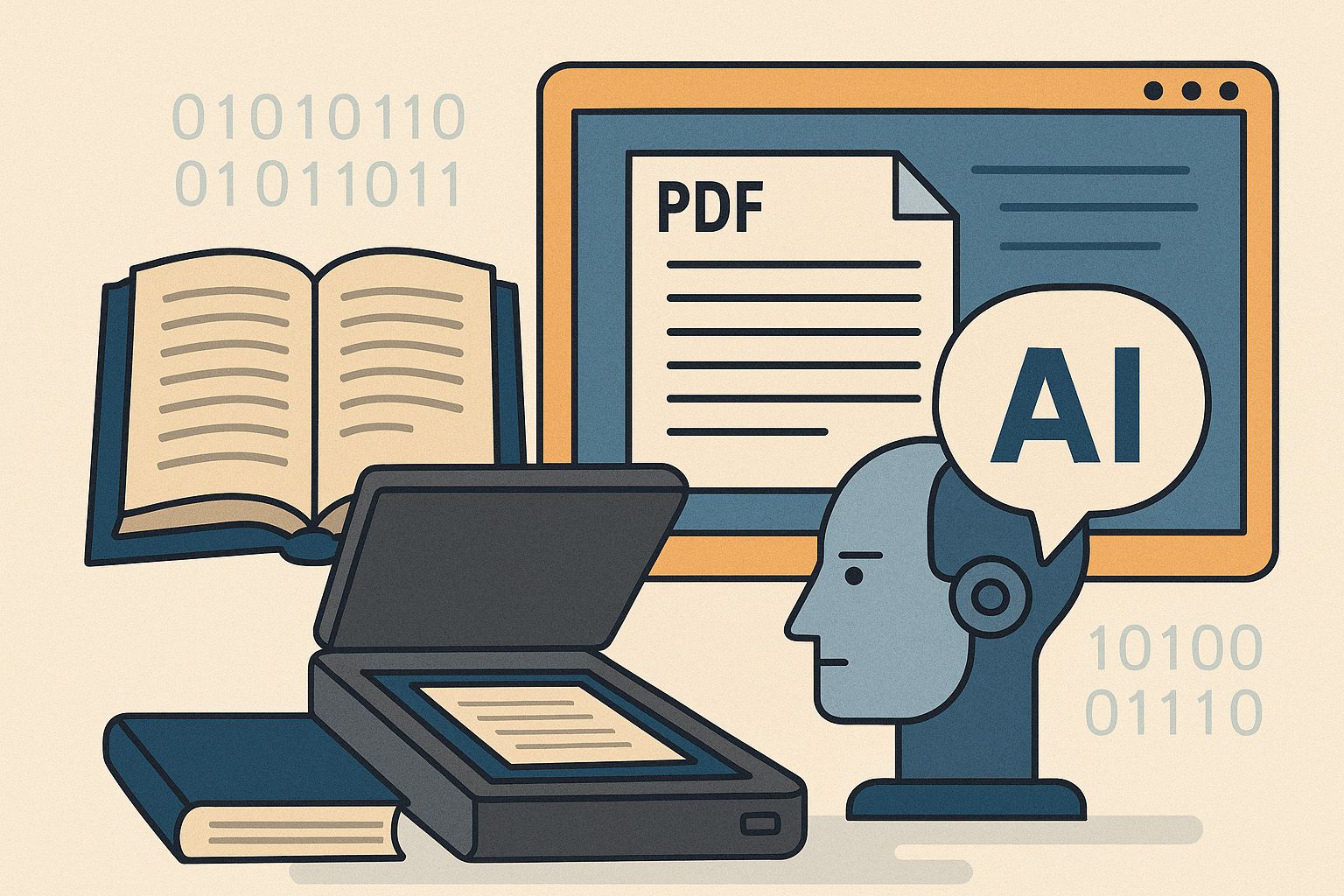
AI Training Data Scanning: How to Digitize Documents and Books for Machine Learning and GPTChat
Every Artificial Intelligence system — from chatbots to advanced models like GPTChat — relies on massive volumes of high-quality training data. Much of this data still exists in paper form: books, manuals, reports, archives, and research collections. At ScanHouse America, we help organizations in Seattle, Everett, and across the U.S. transform physical documents into AI-ready datasets with scanning, OCR, and structured formatting.
Why AI Projects Need Professional Document Scanning
- Accuracy: AI models need clean, normalized text — not raw, error-prone scans.
- Scale: Training GPTChat style models requires millions of words, often stored in archives and libraries.
- Searchability: With OCR services, your AI dataset becomes machine-readable and queryable.
- Security: Sensitive corporate data is handled under strict compliance (HIPAA-compliant scanning, NDA available).
Our AI Training Data Scanning Process
1. High-Volume Document & Book Scanning
We scan paper archives, books, and bound collections using both non-destructive scanning (to preserve originals) and destructive scanning with spine removal (for faster and more affordable processing). Typical resolution: 300–600 dpi. Learn more on our Book Scanning Services page.
2. OCR & Text Normalization for AI
We convert images into searchable text with advanced OCR technology. Then we normalize symbols, fix broken hyphenation, unify encoding, and prepare clean corpora suitable for machine learning ingestion. This step is critical for GPTChat dataset preparation.
3. Structuring and Metadata for Machine Learning
AI models learn best from structured text. We deliver outputs with:
- Chapter and section tagging
- Page-level segmentation
- Metadata fields for subject, keywords, and hierarchy
4. Dataset Formats for AI Training
We deliver text in multiple formats, ready for data pipelines:
- UTF-8 TXT — clean plain text corpora
- Searchable PDF/A — for archival reference
- High-resolution images (TIFF, PNG, JPEG) aligned with OCR text
For Which Businesses AI Training Data Scanning Is Useful
- Technology companies — building proprietary GPTChat-style assistants with internal knowledge.
- Healthcare providers — digitizing medical records for secure AI analysis while maintaining HIPAA compliance.
- Insurance companies — scanning claim records, policies, and historical files to create searchable AI-ready datasets.
- Legal firms — preparing case archives and contracts for AI-powered research tools.
- Educational institutions — scanning textbooks, dissertations, and research for NLP projects.
- Publishers — converting out-of-print or rare books into digital AI datasets.
- Government agencies — digitizing public records, legislative archives, and reports for AI-driven search.
- Enterprises — using AI to train internal chatbots on manuals, policies, and SOPs.
Key Benefits of AI Training Data Scanning with ScanHouse America
- High-volume document digitization with accuracy at scale
- OCR and text cleanup specifically for AI training datasets
- Structured outputs for GPTChat and other LLMs
- HIPAA-compliant handling of sensitive material
- Secure delivery: encrypted links, flash drives, or direct-to-cloud transfer
AI Dataset Pricing and Cost Factors
The cost of AI training data scanning depends on:
- Page count (bulk volumes reduce per-page price)
- Condition of materials (fragile vs. modern prints)
- Level of OCR cleanup and metadata tagging
- Output formats (basic PDF vs. structured datasets with segmentation)
See our Scanning Service Prices for details or request a custom AI dataset quote.
Why Choose ScanHouse America for AI Training Data?
We are not just a scanning service — we are a bridge between physical archives and AI-ready training data. With expertise in OCR, dataset structuring, and AI ingestion formats, we prepare content that large language models like GPTChat can actually use. Based in Seattle and Everett, we also serve clients nationwide.
Get Started: Scan Your Data for GPTChat and AI Training
Ready to digitize your books and documents into AI datasets? Request a Quote today and let us prepare your training data pipeline.